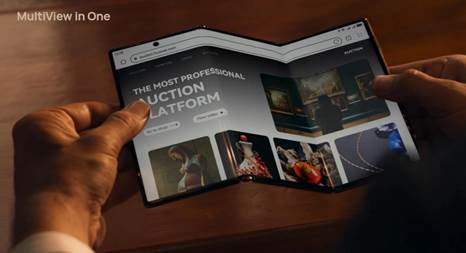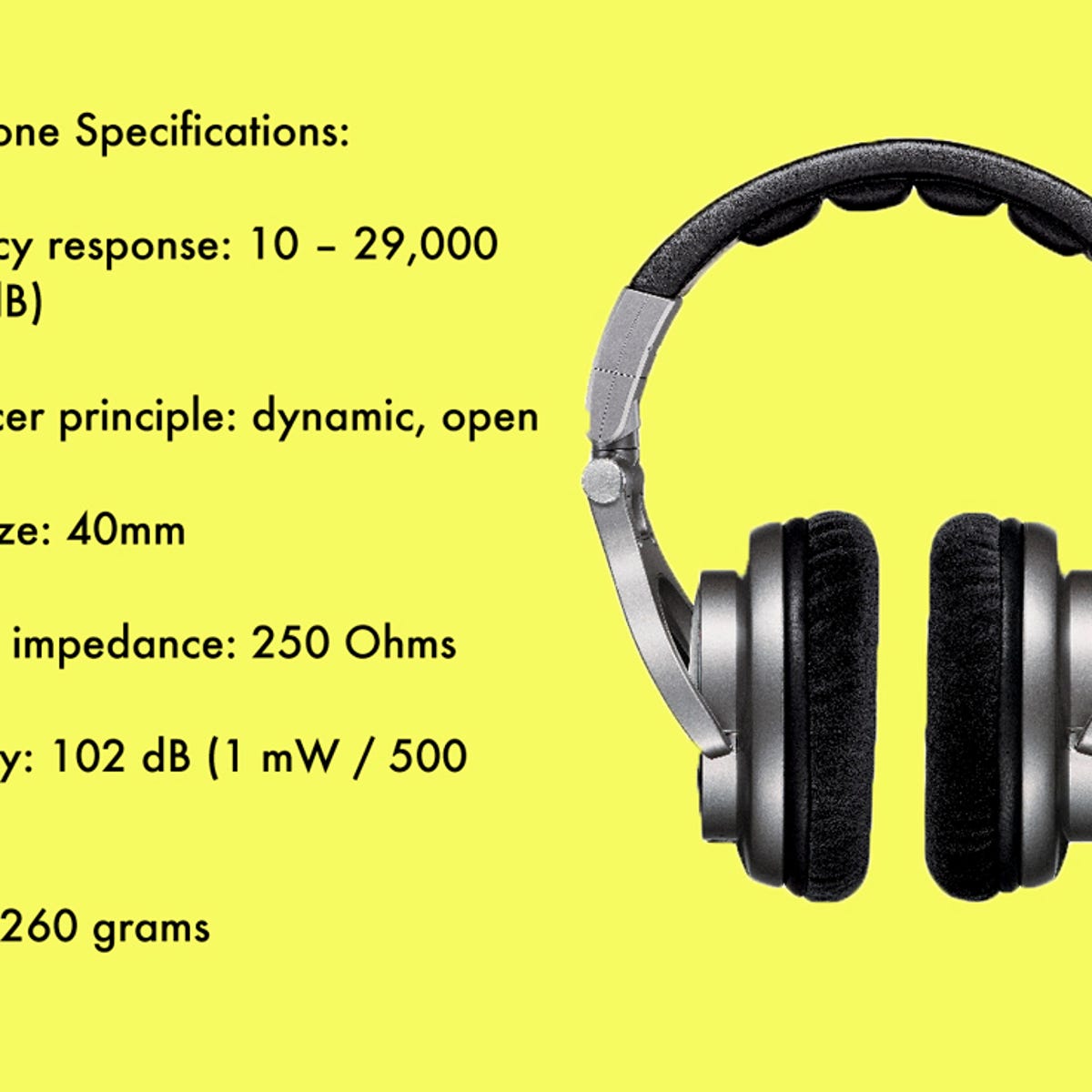Are Smartwatches the New Symbols of Status?
Smartwatches once began as niche gadgets
focused on fitness tracking and notifications. Over time, they evolved into
multipurpose accessories combining technology, style, and convenience. Their
rise has made many wonder: are smartwatches simply practical devices, or do
they also represent a modern symbol of status? As people wear them in offices,
gyms, and social gatherings, they often reflect not only lifestyle choices but
also identity. This article examines how smartwatches connect with social
perception, fashion influence, and lifestyle value. By analyzing their role in
personal branding and cultural relevance, we can understand whether they have
truly become new markers of status.

Smartwatches As Lifestyle Statements
Smartwatches extend beyond utility,
carrying meanings tied to image, aspiration, and lifestyle. People often use
them to reflect how they see themselves and how they want others to perceive
them.
Fashion Meets Technology
Smartwatches are no longer bulky gadgets.
Many now come with sleek designs, customizable watch faces, and interchangeable
straps. These choices let wearers adapt the watch to formal, casual, or
athletic settings. As with traditional watches, the look of a smartwatch sends
a visual message. For professionals, it signals sophistication blended with
technological awareness. For athletes, it reflects discipline and performance
goals. Their visual appeal elevates them from tools into lifestyle fashion
items. In many cases, a smartwatch complements jewelry or clothing, creating a
complete look that blends fashion with innovation. This merging of utility and
style is one reason why people increasingly view them as expressions of
personal status.
Self-Expression
Wearing a smartwatch can communicate values
such as efficiency, health consciousness, or trend awareness. People use them
to showcase tech-savviness or highlight personal priorities. A student who
proudly tracks workouts or sleep signals a commitment to well-being. A business
leader checking schedules discreetly during meetings shows mastery of time. By
choosing certain styles, features, or even digital faces, users shape a
wearable reflection of their personality. In this way, smartwatches become
silent self-expression tools.
Social Visibility And Perception
In social environments, smartwatches
attract attention. Whether at the gym or workplace, people notice when someone
wears advanced technology on their wrist. This visibility feeds into
perceptions of modernity and success. Just as luxury watches once indicated
wealth and taste, smartwatches now highlight adaptability to digital culture.
Their presence signals a willingness to embrace change and stand at the front
of trends. This effect strengthens their status-related role in everyday
interactions.
Smartwatches And Modern Value Systems
Beyond appearances, smartwatches tie into
larger cultural values, shaping how they fit as potential status symbols. Their
connection to health, productivity, and exclusivity gives them layers of
meaning beyond simple utility.
Health As Priorities
Society increasingly values wellness and
self-care. Smartwatches align with this shift by offering step counters, heart
rate monitors, and sleep trackers. Wearing one suggests awareness of personal
health and commitment to balanced living. Among peers, it reflects discipline
and proactive behavior. This association positions the smartwatch as more than
a gadget; it becomes a badge of lifestyle responsibility. By blending
technology with wellness, smartwatches embody modern ideals of balance and
vitality.
Productivity And Professionalism
In workplaces, smartwatches help manage schedules, filter notifications, and streamline tasks. Their presence can signal professionalism and control. Someone who uses a smartwatch effectively appears organized, responsive, and efficient. This professional advantage enhances their symbolic weight. The device becomes a mark of productivity, an asset that goes beyond personal convenience. The huaweigt6 is often mentioned in conversations about advanced workplace features, reinforcing how these devices contribute to productivity while symbolizing technological sophistication.

Exclusivity And Aspirational Value
Certain smartwatch models come with premium
pricing or limited availability. These aspects contribute to exclusivity, a key
ingredient in status symbolism. People view them not just as tools but as
aspirational items. When someone wears a premium device, it reflects both
purchasing power and refined taste. This exclusivity factor parallels
traditional luxury goods. Even without precious metals or luxury branding, the
advanced technology and limited editions elevate smartwatches into aspirational
territory. For collectors, owning a smartwatch with rare features or limited
production runs is not just about function—it is about belonging to a select group. This feeling of distinction
adds to their reputation as modern-day symbols of status, bridging technology
with prestige.
Conclusion
Smartwatches carry more than practical
functions; they represent lifestyle values, personal expression, and cultural
identity. Their blend of sleek design, wellness integration, and productivity
support makes them highly visible in daily interactions. These devices project
efficiency, health awareness, and trend leadership, positioning them as more
than simple wearables. While they may not replace traditional luxury watches as
ultimate status markers, they hold a distinct place in modern value systems. By
aligning with wellness, efficiency, and exclusivity, smartwatches reflect both
aspiration and achievement. For many, they already serve as subtle yet powerful
symbols of status in a technology-driven world.







